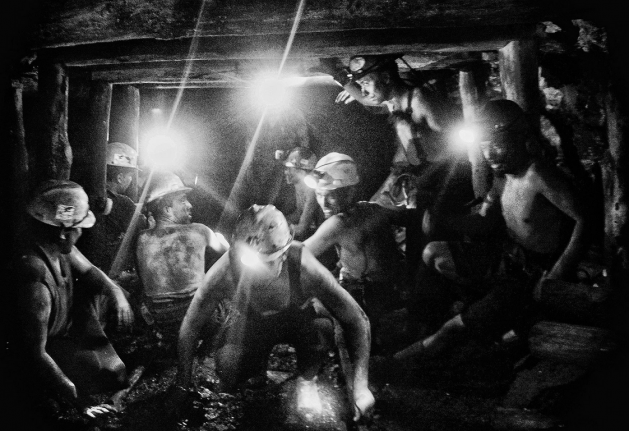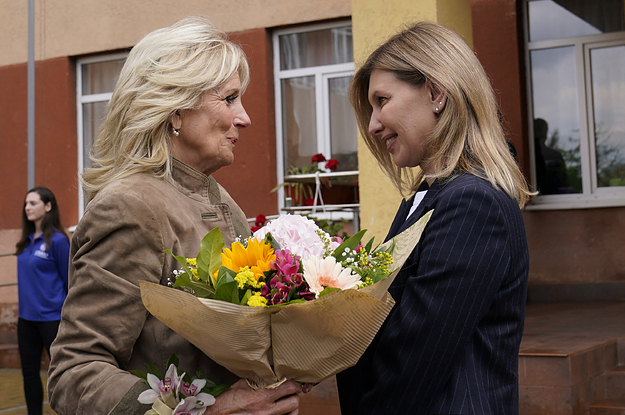[ad_1]
MEXICO CITY — At least 40 inmates were killed in a prison riot in northern Ecuador on Monday, according to the authorities, the latest in a series of bloody clashes inside the South American nation’s violent detention system.
The riot, which started in the early hours of Monday, swept through the Centro de Rehabilitación Social Bellavista, a prison in Santo Domingo, a province west of the capital city of Quito. More than 100 inmates were seized as they tried to escape the prison’s grounds, according to the authorities.
Gruesome images shared on social media showed a pile of bloodied bodies dumped in a patio inside prison grounds. Most of those killed were stabbed to death, according to Patricio Carrillo, Ecuador’s interior minister, who noted that the riot was caused by a conflict between criminal gangs. The police said they found knives and guns among the prisoners.
On Monday afternoon, the authorities said that the prison had been brought under control by the national police and military.
“What happened today in the Bellavista prison in the city of Santo Domingo was cruelty from this criminal organization,” Mr. Carrillo said at a news conference.
At the time of the riot, the prison housed more than 1,600 detainees, nearly double its original capacity of 905, according to official records. Only 25 officers were on duty for the entire prison, according to Mr. Carrillo.
Monday’s bloody violence, the second deadly prison riot in Ecuador in just over a month, underscores the dire security situation inside the country’s troubled and overcrowded penitentiary system. Last year, roughly 300 people were killed inside prisons across the country, according to the United Nations, and the prison population has tripled in the last 13 years, causing a severe strain on the system.
“This is an alarming reminder of the lack of control in Ecuador’s prison system,” Tamara Taraciuk Broner, Americas director at Human Rights Watch, said via text message. “As long as authorities don’t prioritize addressing prison overcrowding and ending control of prisons by criminal organizations that extort detainees and their families, these facilities will continue to be a breeding ground for crime and violence.”
In February, President Guillermo Lasso began a new policy aimed at increasing access to food, health care and work, among other things, for prisoners. To help reduce overcrowding, he also ordered the release of about 5,000 prisoners, including those who had committed minor crimes and had served more than half their sentence.
The U.N. welcomed the move as a worthy first step.
“We hope the new policy will be implemented to help shift Ecuador’s prison system away from overreliance on punitive measures and toward crime prevention and to bring it into compliance with international human rights standards,” the organization said in a statement.
The moves came after a riot last September in the city of Guayaquil left more than 100 people dead and 52 injured. Mr. Lasso declared a state of emergency that lasted three months.
“My deepest condolences to the families and loved ones of those who died in the riot at the Santo Domingo prison,” Mr. Lasso said on Twitter on Monday. “This is an unfortunate result of gang violence.”
In a news conference, Mr. Carrillo, the interior minister, said that the likely cause of Monday’s riot was the relocation of the leader of one of Ecuador’s largest criminal organizations from another institution. The criminal leader, Freddy Anchundia, was transferred to a maximum-security prison after another prison riot last month in El Turi in the country’s south that left 21 people dead.
However, after arriving at a facility in Guayaquil, Mr. Anchundia was ordered by a judge to be transferred again, to the prison in Santo Domingo, where he was when the riot broke out there Monday morning.
According to Mr. Carrillo, Monday’s riot was ignited by the same criminal groups who had started last month’s deadly riot in El Turi.
Ecuador’s prison system “has many structural problems — these problems cannot be solved in the short term,” Mr. Carrillo said. “What we’re experiencing is no longer a problem of institutions, let alone individuals. This is a state problem and we have to solve it from the government.”
Susana Roa Chejín and Marcela Ribadeneira contributed reporting from Quito, Ecuador.
[ad_2]
Source link














